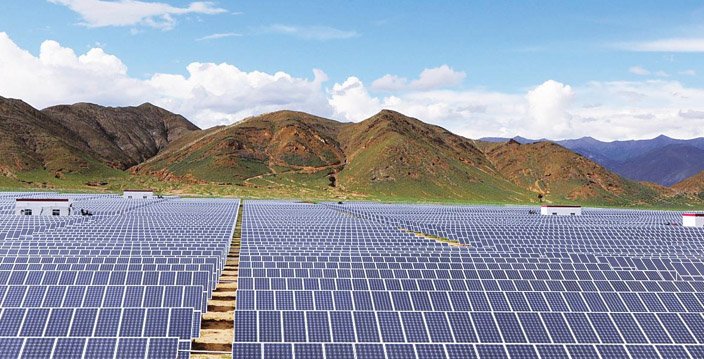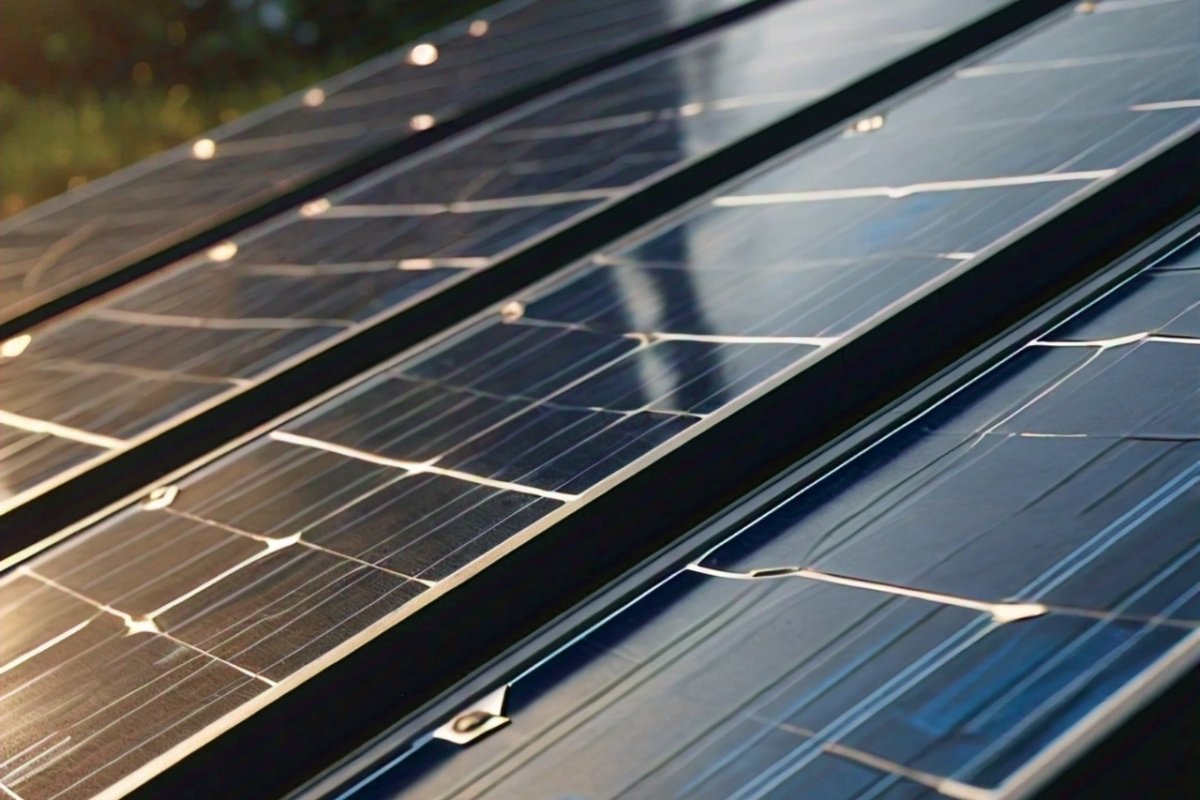What is the future of solar cell technology?
Given current trends, it’s likely that in the next 3-4 years, monocrystalline silicon cells based on n-type TOPCon, silicon heterojunction (SHJ), or BC technology will reach their peak efficiency in mass production. The efficiency ceiling for monocrystalline silicon cells is expected to be around 27.5-27.8%, with only slight differences between these technologies, likely within a 0.6% range from the highest to the lowest.
Looking back, two major upgrades in solar cell technology have taken place over the past decade. The first was in early 2019, when PERC cells replaced traditional aluminum back surface field cells, and monocrystalline silicon largely took over from multicrystalline. The second major shift was in 2024, when p-type PERC cells were largely replaced by a new generation of n-type technologies, primarily represented by n-type TOPCon, alongside silicon heterojunction and BC cells.
So, once monocrystalline silicon cells hit their efficiency limit, what comes next? Additionally, how will energy storage batteries evolve alongside these solar advancements to create more stable and reliable renewable energy solutions? About seven years ago, at an industry dinner, I asked Dr. Zhao Jianhua, a respected expert, two questions: What would the efficiency limit for mass-produced monocrystalline silicon cells be, and what should research focus on once that limit is reached? His answer to the first question was around 26.5%, a reasonable estimate based on the technology and equipment available at that time. As for future research, he half-jokingly replied, “Perhaps R&D will all shift to production.” With the efficiency ceiling still far off, the industry had yet to consider seriously the next technological pathway for solar cells or how innovations in energy storage batteries could support future energy demands.
Is it possible that when monocrystalline silicon cells reach their efficiency limit, the industry could experience a period of stagnation? In the long term, photovoltaic technology will undoubtedly advance, but a short-term plateau is possible, depending largely on whether new technologies and energy storage battery innovations can mature quickly enough to keep up with silicon cells as they approach their efficiency limits.
Let’s start with perovskite cells, a promising area that has attracted considerable attention. In recent years, perovskite technology has advanced rapidly, with significant gains in laboratory efficiency, and numerous researchers worldwide are exploring it. However, perovskite is unlikely to replace silicon in the short term due to two main challenges: a drop in efficiency across larger surface areas and issues with long-term stability. The multi-element composition of perovskite, produced through low-temperature processes, inherently limits its stability compared to silicon. Additionally, with recent price drops in silicon modules, perovskite’s former cost advantage has largely disappeared. Therefore, it’s unlikely that single-junction or tandem perovskite cells will challenge silicon soon, let alone replace it as the mainstream technology in the next 3-4 years. As perovskite continues to evolve, pairing it with robust energy storage batteries may also become essential for any large-scale implementation in renewable energy systems.
Next, let’s consider silicon-based tandem cells, particularly perovskite-silicon tandem technology, currently the most anticipated solution (tandem cells combining III-V materials with silicon are generally too costly to be viable). This year, LONGi set a world record for tandem cell efficiency, exceeding 34% on large-area silicon wafers, an impressive milestone. Tandem cells combining perovskite and silicon may represent the best path forward for perovskite, as they address many of the key challenges faced by pure perovskite cells. Looking ahead, perovskite-silicon tandem cells are likely to be the first technology to achieve a mass-production efficiency of over 30%. However, this technology faces significant challenges, especially regarding long-term reliability, which requires extensive outdoor testing data for validation. Another challenge is the inconsistency in spectral response between standard laboratory testing conditions (under AM1.5 spectrum) and real-world outdoor conditions, which can cause efficiency losses and overheating. While perovskite-silicon tandem cells show promise, achieving large-scale replacement of single-junction silicon cells within the next few years remains uncertain. Here again, effective energy storage battery integration could help mitigate efficiency losses and support the consistent power output from these tandem cells in various environmental conditions.
Finally, consider a new technology concept that’s still in the very early stages and has yet to produce lab samples. This approach uses specialized surface materials to convert high-frequency, short-wavelength photons into pairs of medium-to-long-wavelength photons, which then interact with silicon, significantly enhancing the cell’s internal quantum efficiency (EQE) and overall conversion efficiency. In theory, this structure could achieve a conversion efficiency of over 30% (known as “singlet fission” abroad). Although promising, this technology is likely years away from lab samples or validation, and whether it can be mass-produced is unknown, making it unlikely to replace single-junction silicon cells within the next 3-4 years. As these emerging technologies evolve, energy storage batteries will play an increasingly vital role, providing a reliable bridge between variable solar generation and stable energy output.

In summary, given the current progress in these emerging technologies, it seems unlikely that an immediately viable alternative will be ready to replace monocrystalline silicon cells once they reach their efficiency limit in 3-4 years. The industry may face a temporary plateau of around 2 years. This means innovation remains essential for institutions and companies, as ongoing R&D is crucial for the sustainable growth of photovoltaic technology. With energy storage batteries and advancements in tandem cells, new solutions will continue to emerge, hopefully allowing solar energy to become a cornerstone of global energy in the near future.

